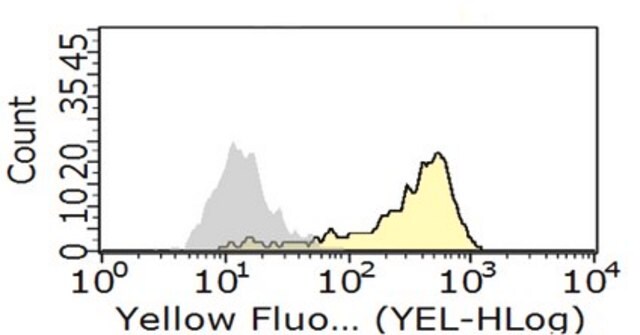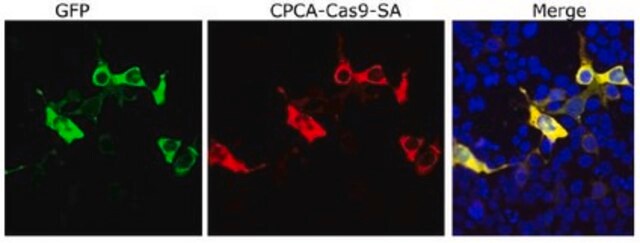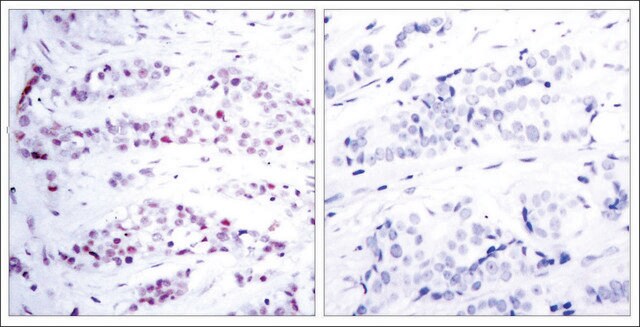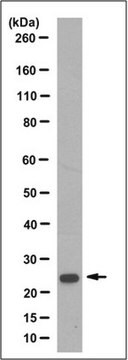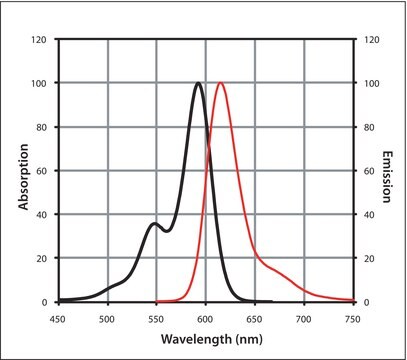MABF838
Anti-FcgRII/III Anibody, clone Ab93
clone 93, from rat
Synonym(e):
Low affinity immunoglobulin gamma Fc region receptor III, IgG Fc receptor III, Fc-gamma RIII, FcRIII, CD16, FcgRII/III, Low affinity immunoglobulin gamma Fc region receptor II, Fc gamma receptor IIB, Fc-gamma RII, Fc-gamma-RIIB, FcRII, IgG Fc receptor II
About This Item
Empfohlene Produkte
Biologische Quelle
rat
Qualitätsniveau
Antikörperform
purified immunoglobulin
Antikörper-Produkttyp
primary antibodies
Klon
93, monoclonal
Speziesreaktivität
mouse
Methode(n)
activity assay: suitable
flow cytometry: suitable
immunocytochemistry: suitable
Isotyp
IgG2aκ
NCBI-Hinterlegungsnummer
Versandbedingung
wet ice
Posttranslationale Modifikation Target
unmodified
Angaben zum Gen
mouse ... Fcgr2b(14130) , Fcgr3(14131)
Allgemeine Beschreibung
Spezifität
Immunogen
Anwendung
Activity Assay Analysis: A representative lot prevented CD38-mediated proliferation of spleen-derived primary murine B-cells from wild-type, but not FcgammaRIl-deficient mice (Oliver, A.M., et al. (1999). Hybridoma 18(2):113-119).
Immunocytochemistry Analysis: A representative lot detected FcgRII association with cross-linkinked CD38 following anti-CD38 addition to cultured primary murine B-cells by fluorescent immunocytochemistry (Oliver, A.M., et al. (1999). Hybridoma 18(2):113-119).
Qualität
Flow Cytometry Analysis: 5.0 µg of this antibody detected FcgRII/III in mouse splenocytes.
Zielbeschreibung
Physikalische Form
Sonstige Hinweise
Sie haben nicht das passende Produkt gefunden?
Probieren Sie unser Produkt-Auswahlhilfe. aus.
Lagerklassenschlüssel
12 - Non Combustible Liquids
WGK
WGK 1
Flammpunkt (°F)
Not applicable
Flammpunkt (°C)
Not applicable
Analysenzertifikate (COA)
Suchen Sie nach Analysenzertifikate (COA), indem Sie die Lot-/Chargennummer des Produkts eingeben. Lot- und Chargennummern sind auf dem Produktetikett hinter den Wörtern ‘Lot’ oder ‘Batch’ (Lot oder Charge) zu finden.
Besitzen Sie dieses Produkt bereits?
In der Dokumentenbibliothek finden Sie die Dokumentation zu den Produkten, die Sie kürzlich erworben haben.
Unser Team von Wissenschaftlern verfügt über Erfahrung in allen Forschungsbereichen einschließlich Life Science, Materialwissenschaften, chemischer Synthese, Chromatographie, Analytik und vielen mehr..
Setzen Sie sich mit dem technischen Dienst in Verbindung.